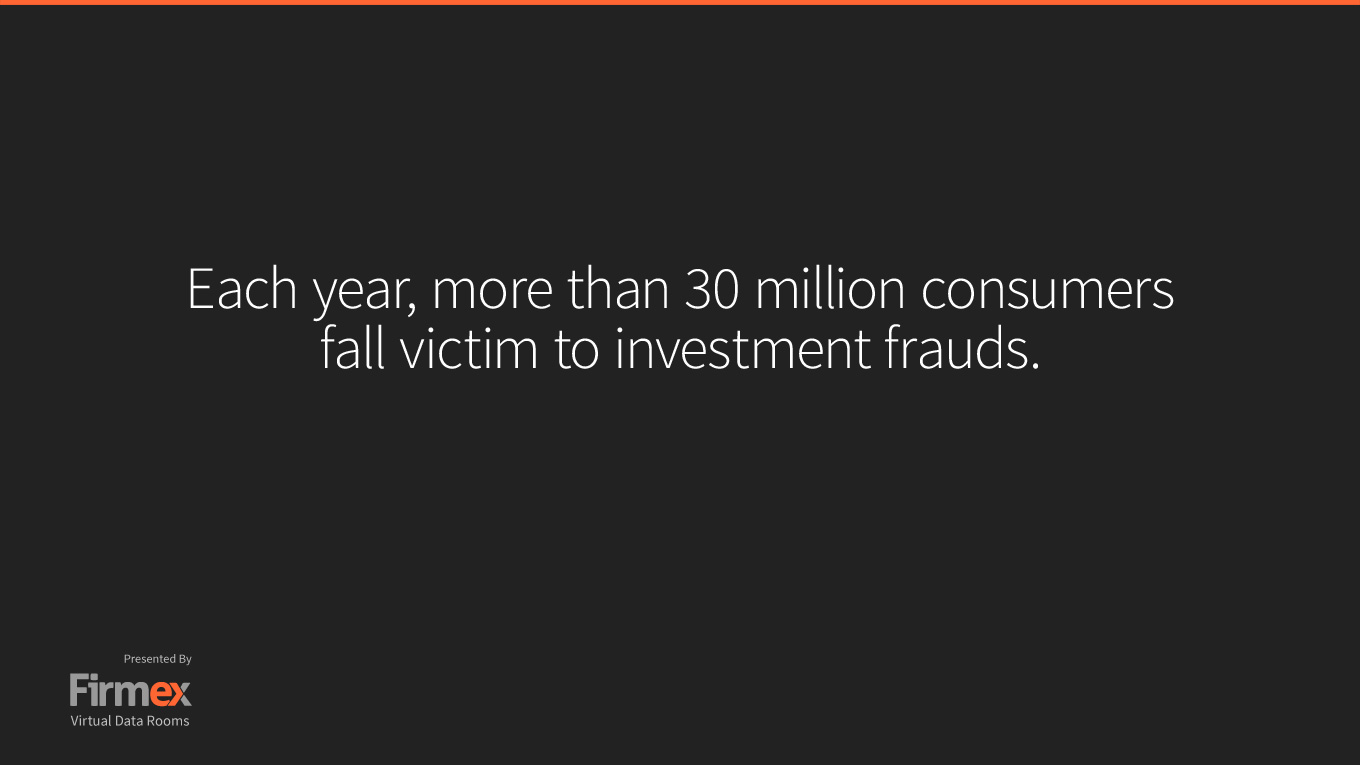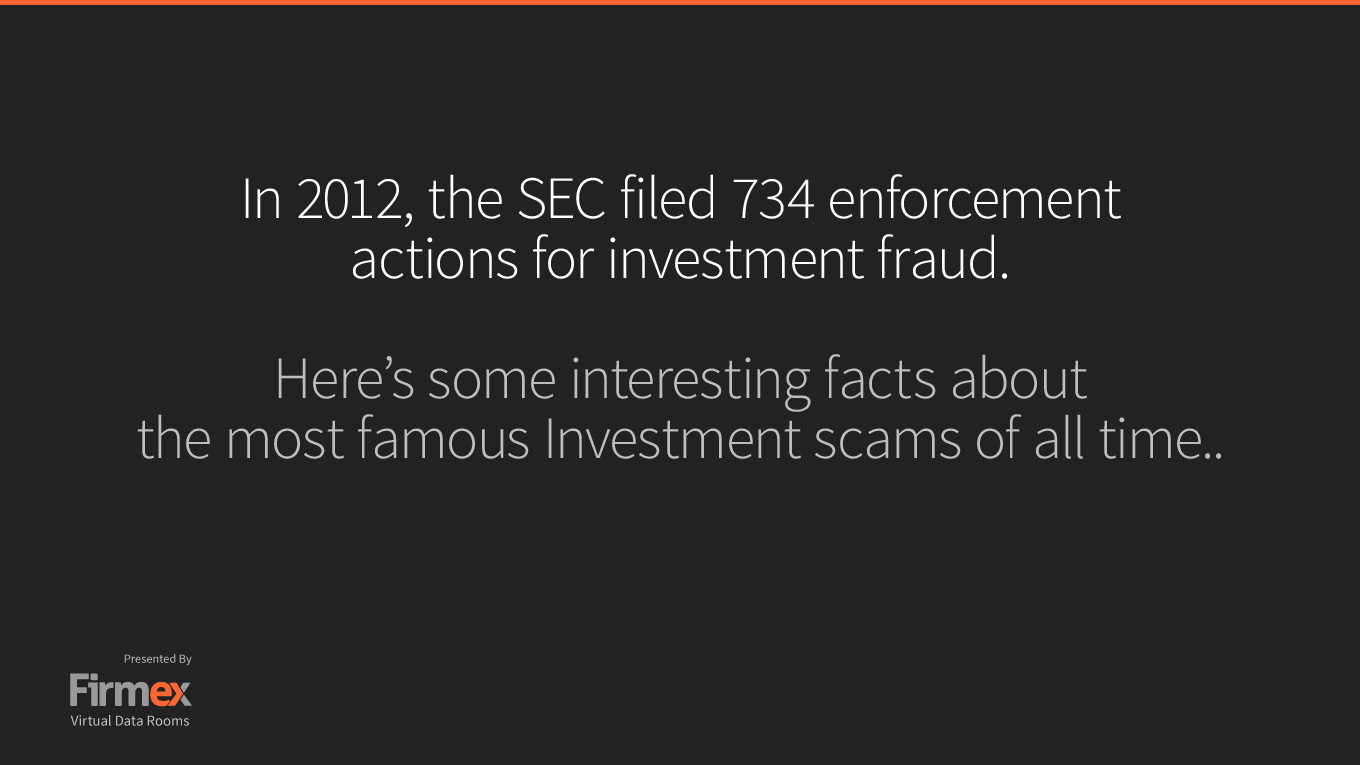This month, the trial of Bernie Madoff’s former secretary Annette Bongiorno is expected to wrap up. Bongiorno is one of five former employees on trial for abetting Madoff’s fraud. Bernie Madoff was sentenced in 2009 to 150 years in prison after his investment firm Bernard L. Madoff Investments Securities fell apart, costing investors an estimated $65 billion in losses – one of the biggest frauds ever seen in America.
Despite working closely with Madoff for 40 years, Bongiorno denies any wrong doing. She believed Madoff’s business was legitimate, and claimed to not understand financial terms like Ponzi scheme, treasury bond and the Standard & Poor’s 500 index, or events like the collapse of Lehman Brothers. Bongiorno allegedly used proceeds from the fraud to finance a luxurious lifestyle, which included a Bentley and plans to purchase a high-end condominium in Boca Raton, Florida, for $6.5 million.
Sadly, victims of Madoff’s Ponzi scheme don’t exist in isolation.
Each year, more than 30 million consumers fall victim to investment frauds. The average loss for an investor stands at $15,000, with individual losses running into millions of dollars. What’s most surprising is that investment fraud victims score higher on financial literacy measures (av. score 58%) than non-victims (av. score 41%).
So why do so many investors get duped? Because the very nature of investment fraud is to not raise any suspicion. High returns and seemingly legitimate financials can go undetected for years. However, as the case of Bernie Madoff highlights, it can all catch up with you in the end. In 2012 alone, the SEC filed 734 enforcement actions for investment fraud.
In light of Ms. Bongiorno’s ongoing trial, Firmex has brought together some of the most famous investment scams of all time. Some you may remember. Others you may wish to forget. We’ve also found some pretty interesting facts about each scandal, which you might not already know.
1. Charles Ponzi (Securities Exchange Company) – Loss estimated at $20 million
Sentence: 5 years
Scam: Pyramid scheme
The term “Ponzi scheme” is named after Charles Ponzi’s famous pyramid scheme. Ponzi infamously promised returns of 50% in 45 days, which were actually paid with by funds from new investors. The scheme eventually failed in 1920 leaving 5 banks and all investors ruined, the latter of which were able to only recoup 30% of their initial investment. Charles Ponzi made $20 million through his pyramid scheme, equal to $222 million in 2011.
Due Diligence Lesson: Make sure a 3rd party custodian authors the statements!
2. Bernard Ebbers (WorldCom) – Loss estimated at $100 billion
Sentence: 25 years in prison
Scam: Overstated cash flows
CEO Bernard Ebbers grew WorldCom to the 2nd largest telecommunications company in the US through acquisitions of smaller companies. While the acquisitions left the company in debt, Ebbers continued to exaggerate assets of the company by $11 billion dollars. Stocks eventually plunged from $64 per share to $1, with shareholders losing around $100 billion. In 2005, Ebbers was convicted of fraud and conspiracy for false accounting practices
Due Diligence Lesson: Make sure the company is not capitalizing normal operating costs!
3. Jordan Belfort (Stratton Oakmont) – Loss $200 million
Sentence: 22 months and ordered to pay $100 million.
Scam: Market manipulation via pump-and-dump scheme.
Stratton Oakmont was a pump-and-dump firm in the 90s where brokers would drive up the price of stocks and then Belfort and his partners would cash out causing the stock to plummet in value. He hired hundreds of ambitious brokers to cold call unsuspecting people, selling worthless stocks. In 1998, Belfort was indicted for securities fraud and money laundering.
Due Diligence Lesson: If someone calls you about a stock that sounds too good to be true, run for the hills!
4. James Paul Lewis Jr. (Financial Advisory Consultants) – Loss estimated at $311 million
Sentence: 30 years and ordered to pay $156 million in restitution
Scam: Affinity fraud
Lewis used a pyramid scheme to cheat investors over 20 years. He relied on referrals from his clients to gain new investors with the promise of high returns. On 22 December 2003, the SEC filed a complaint alleging that Lewis had committed securities fraud. Records showed that he used investor funds for trading in foreign currency, purchasing luxury automobiles, and expensive jewelry. In 2006, he was convicted of money laundering and mail fraud.
Due Diligence Lesson: Make sure a respected 3rd party custodian is delivering the statements.
5. Michael de Guzman (Bre-X Minerals) – Loss estimated at $3 billion
Scam: Falsified sample findings
Michael de Guzman, an employee of Bre-X Minerals, claimed he had found gold in the jungles of Borneo. From 1993 to 1996 he produced thousands of core samples containing gold. The companies stock, which was valued at a penny before the discovery, catapulted Brie-X Mineral’s value to $6 billion. Eventually the Indonesian government became suspicious. They revoked 45% of Bre-X’s control of the mine, leaving the rest to Freeport McMoran who, after much drilling, could not find a flake of gold. As a result, Bre-X’s stock plunged to zero.
Due Diligence Lesson: Before investing in a mining/minerals organization, make sure all samples have been reviewed and approved by a reputable 3rd party specialist.
6. Sam Israel III (Bayou Hedge Fund Group) – Loss $350 million
Sentence: 20 years and fined $200 million
Scam: Guaranteed unrealistic returns
Israel lied to his investors promising that their $300 million investment would turn into $7.1 billion in 10 years. In 1998, when the returns were lower than promised, Israel created fraudulent accounting reports to make it appear that the investments were growing. He escaped authorities and was only found after appearing on America’s Most Wanted.
Due Diligence Lesson: Make sure a respected 3rd party custodian is delivering the statements!
7. Joseph Nacchio (Qwest Communications International) – Loss estimated at $3 billion
Sentence: 6 years
Scam: Inflated revenues and insider trading
Nacchio is the mastermind behind a $3 billion financial fraud scheme which allowed him to benefit from inflated stock prices and insider trading. He earned $52 million selling stocks he knew were going to plummet. After the SEC successfully sued Qwest Communications International in 2007, Nacchio was convicted on 19 counts of insider trading. He was also ordered to return the $52 million in illegal stock trading and was ordered to pay $19 million in fines.
Due Diligence Lesson: Make sure to review 3rd party audit financial statements before investing.
8. Barry Minkow (ZZZZ Best Inc.) – Loss estimated at $100 million
Sentence: 25 years and $26 million in restitution
Scam: Pyramid scheme
In December 1986, at the age of 19, Minkow took his carpet cleaning business public, reaching a market capitalization of over $200 million. He created tens of thousands of fraudulent documents and sales receipts to make it appear like he was building a multi-million dollar corporation. Suspicious overages on client bills led to an investigation uncovering Minkow’s fraudulent revenue numbers. Minkow was convicted of 57 felonies.
Due Diligence Lesson: Make sure a respected 3rd party custodian is delivering the statements!
9. Kenneth Lay and Jeffrey Skilling (Enron) – Loss $74 billion
Sentence: (Skilling) 24-year prison sentence and fined $45 million.
Scam: Falsified financial results
Enron’s founder, Kenneth Lay, lost $74 billion dollars from investors when he exaggerated the health of his company. Enron’s stock plummeted from $90 per share to less than $1 within 1 year. Once the 7th largest company in America, worth $68 billion, Enron ended in 2001 when the company filed for bankruptcy. Lay was indicted on 11 counts of security fraud and related charges but died on vacation while awaiting his court sentence.
Due Diligence Lesson: If a company is converting loans into revenue, it’s likely things will go down from there.
10. Bernie Madoff (Bernard L. Madoff Investments Securities LLC) – Loss estimated at $65 billion
Sentence: 150 years in prison and $170 billion in restitution.
Scam: Pyramid scheme
Madoff sent fake balance statements to every investor so that it appeared their money was doing well and multiplying. As the markets crashed, investors began pulling out their investments and Madoff couldn’t provide. Investors were tricked out of $65 billion through Madoff’s Ponzi scheme.This is famously known as the biggest Ponzi scheme ever.
Due Diligence Lesson: Make sure a respected 3rd party custodian is delivering the statements














